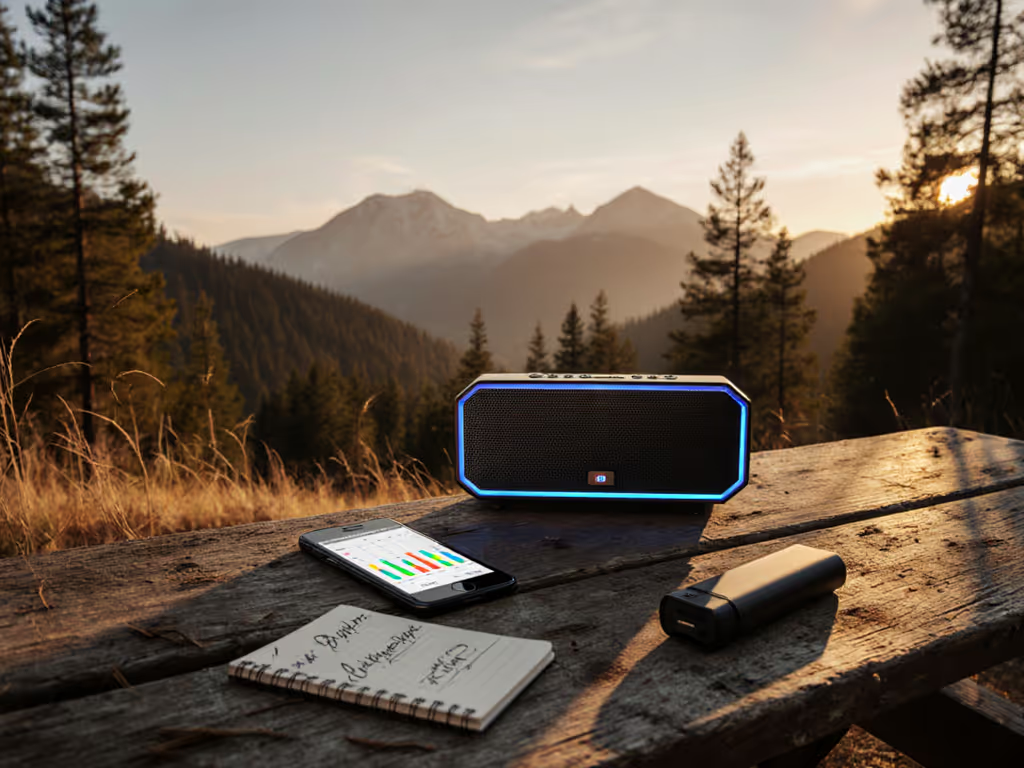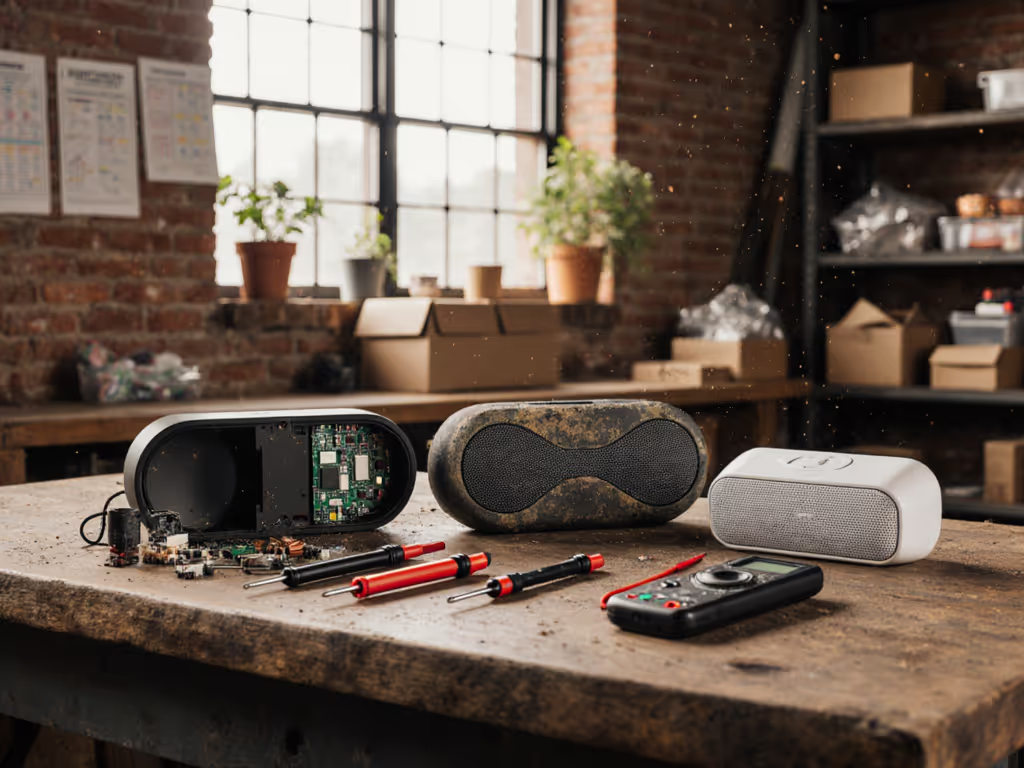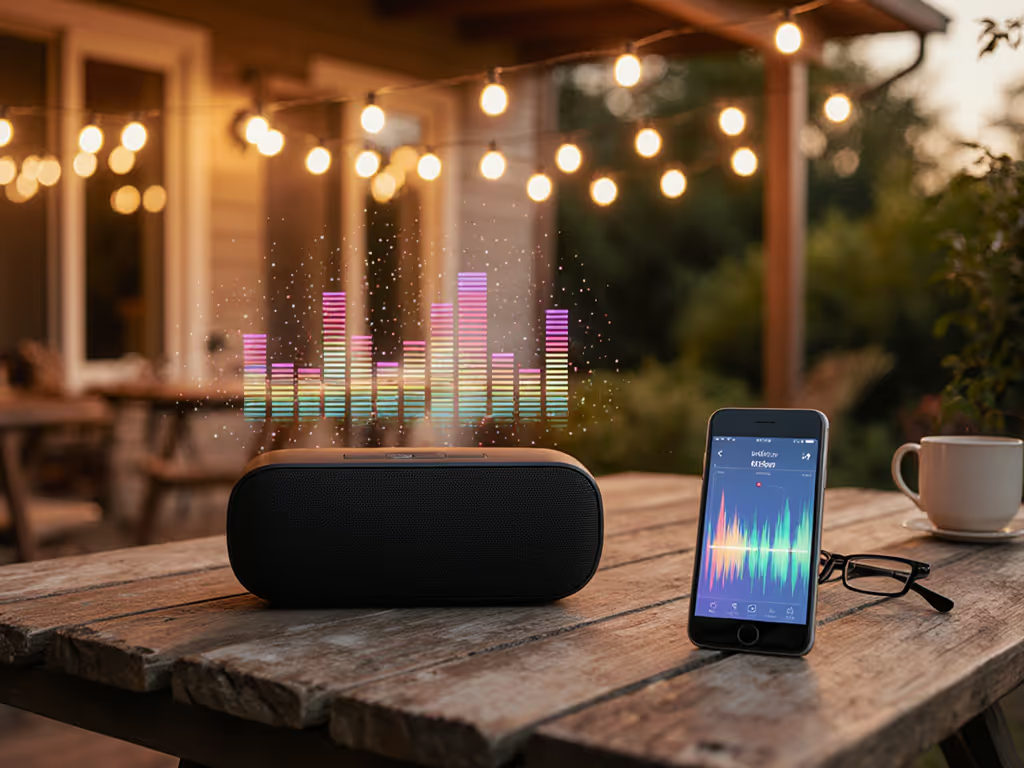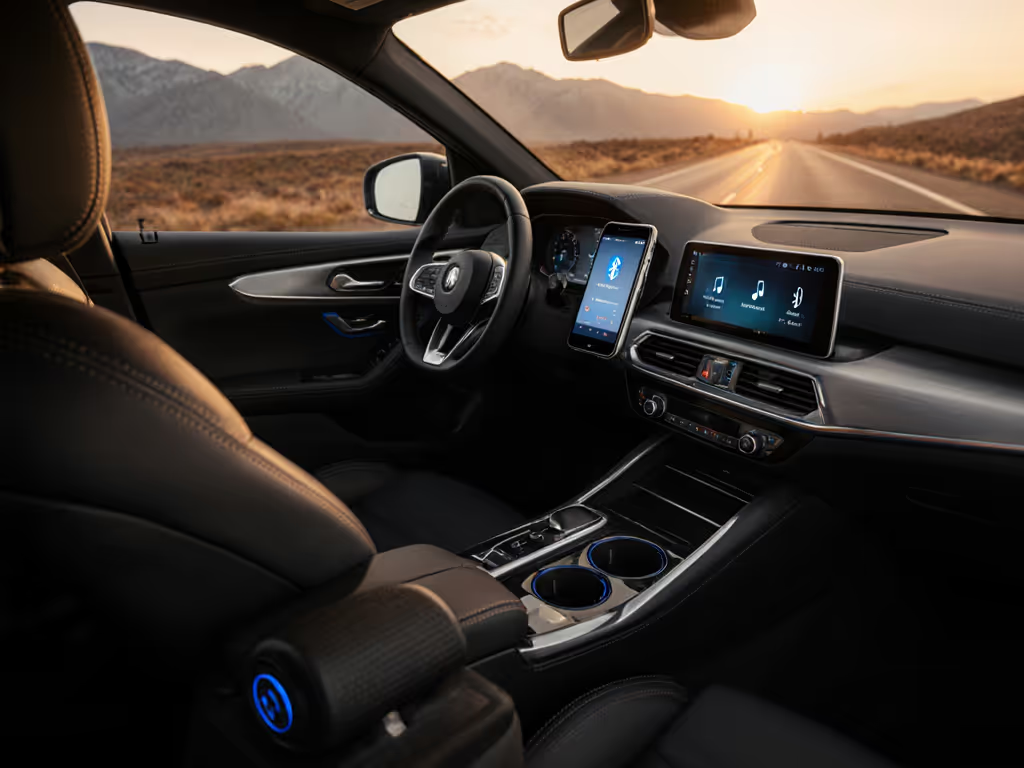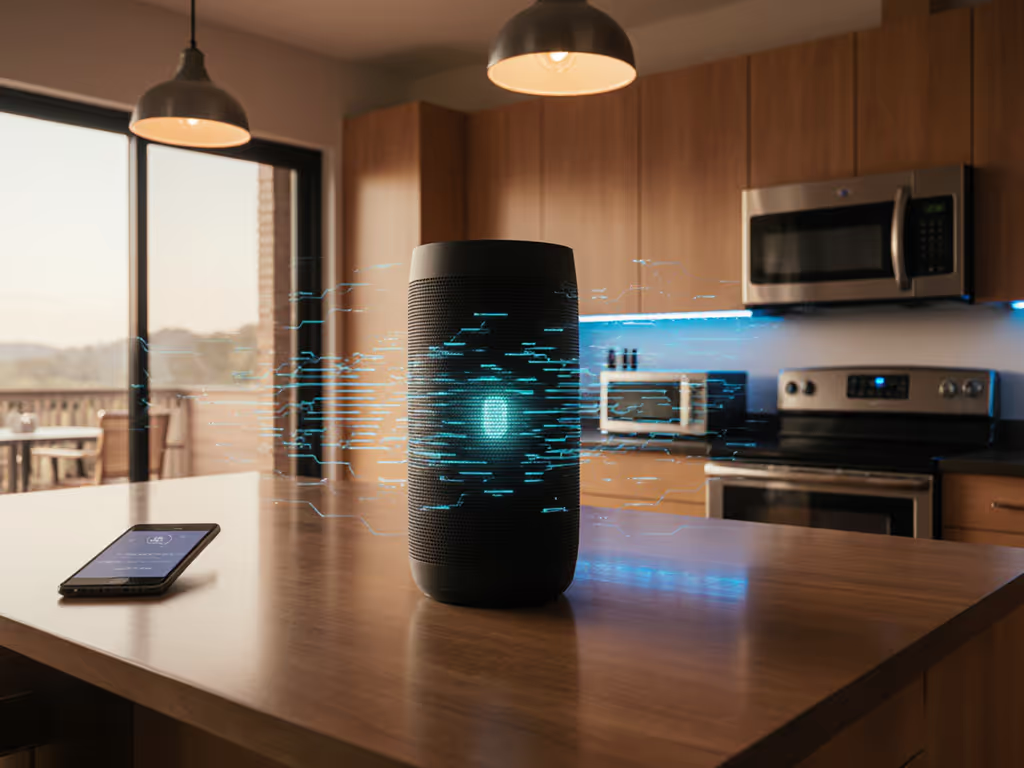
Bluetooth Stereo Pairing Guide: Works Every Time
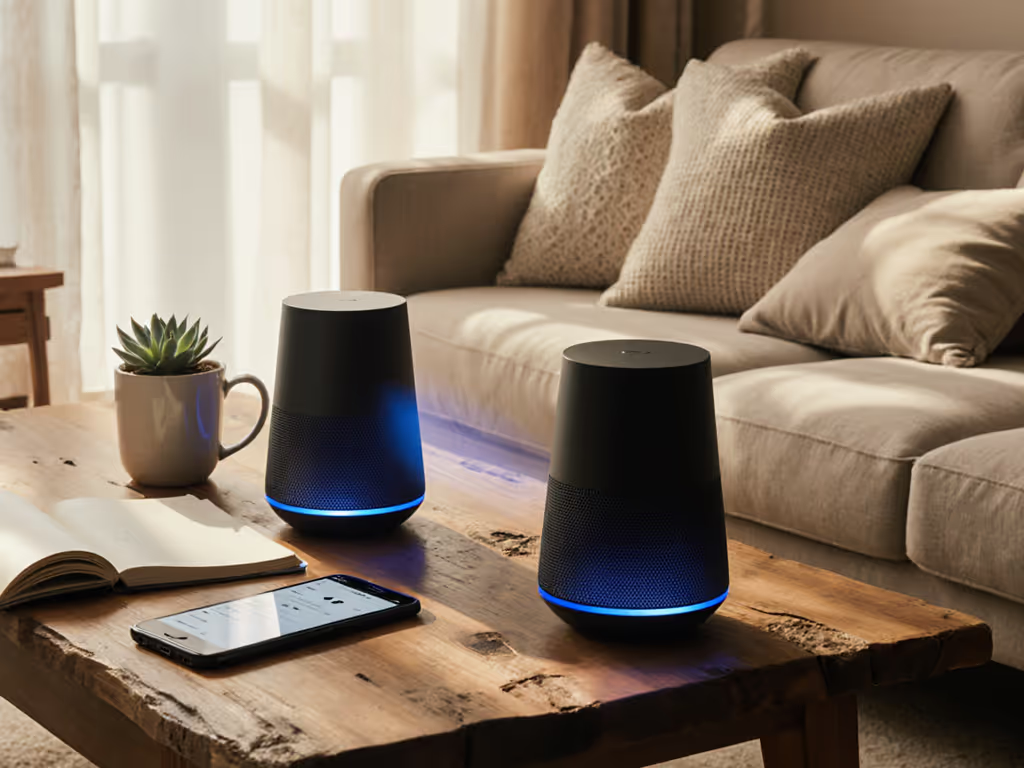
Ever tried setting up a Bluetooth party speaker system only to end up with mismatched channels, confusing apps, or speakers that won't recognize each other? You're not alone. A true multi-speaker setup shouldn't feel like solving a puzzle before you can enjoy music. In this guide, I'll show you how to create reliable stereo pairs that just work, whether you're enhancing your shower routine, setting up background kitchen audio, or creating a calming patio atmosphere. The best setups take less than 10 minutes and require zero technical expertise.
Why Most Stereo Pairing Guides Get It Wrong
Many tutorials assume you either have tech expertise or endless patience for troubleshooting. But your bathroom shouldn't need an engineering degree to set up. Let's cut through the confusion with a straightforward approach that puts reliability first.
One less tap is one more song before work.
What Stereo Pairing Really Means (Not What Brands Claim)
Stereo pairing creates a true left-right channel experience, unlike "party mode" which just plays identical sound from multiple speakers. When executed properly:
- Left channel handles instruments and spatial audio
- Right channel provides vocal clarity and complementary frequencies
- Distance between speakers creates immersive soundstage
The magic happens when both speakers are the exact same model. Don't waste time trying to pair different models, manufacturers build proprietary communication protocols that simply won't sync properly across product lines. This is why your JBL Flip 5 won't pair with a Flip 6 for true stereo, though they might work in basic party mode.
5-Step Stereo Pairing Guide That Actually Works
Step 1: Verify Compatibility Before You Start (Saves 20 Minutes of Frustration)
Don't skip this crucial step. For reliable stereo pairing:
- Both speakers must be identical model numbers (check the bottom label)
- Both must support TWS (True Wireless Stereo) functionality
- Firmware should be updated to the latest version
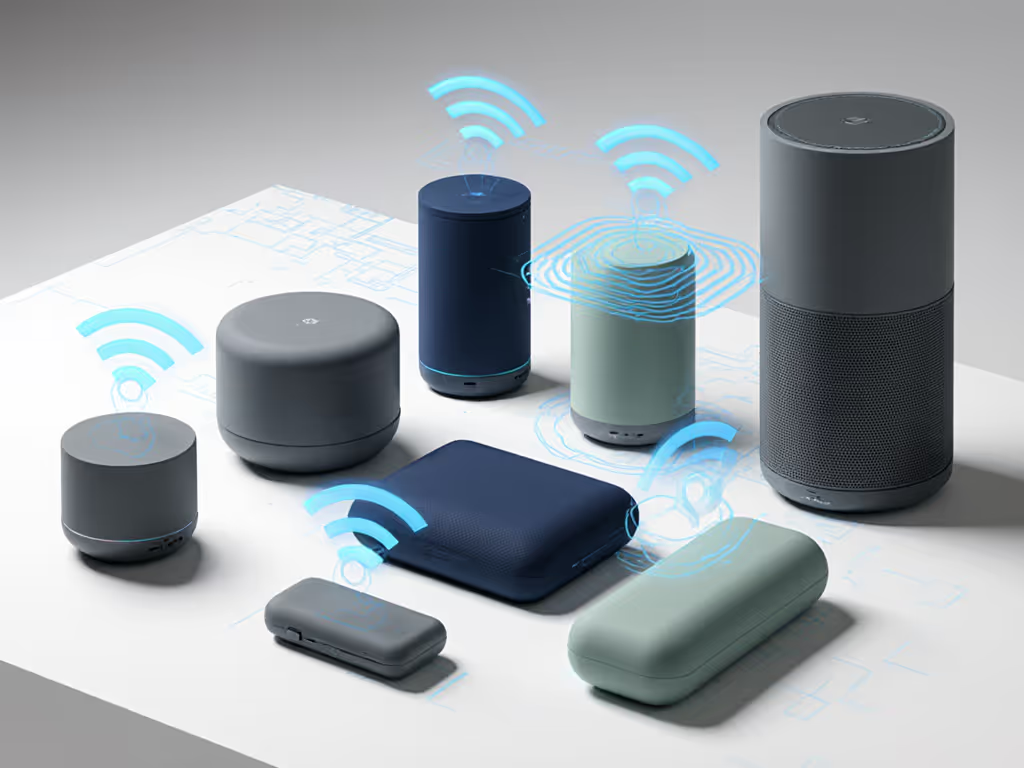
Most current-generation speakers list "stereo pairing" or "TWS functionality" in their specs. If you're unsure, look for these common implementations:
- JBL PartyBoost: Enables stereo pairing on compatible models like the Flip 6
- Sony Stereo Pair: Works across their compatible speaker lines
- Ultimate Ears Double Up: Specifically for Wonderboom series
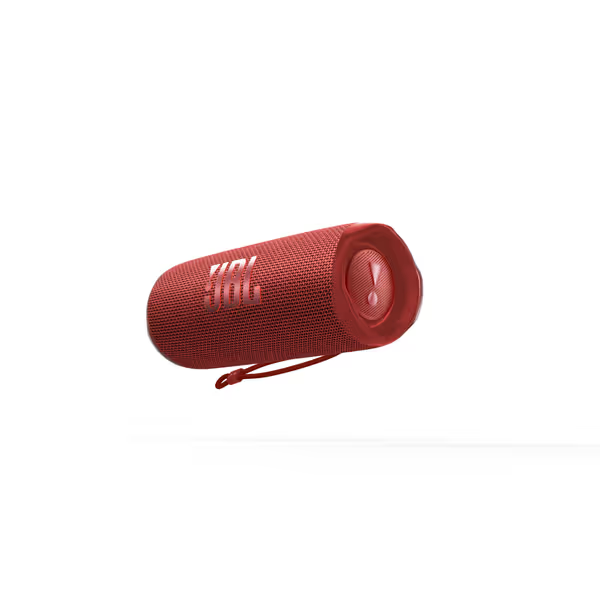
JBL Flip 6 Portable Bluetooth Speaker
Example: The JBL Flip 6 allows stereo pairing through PartyBoost, but won't pair with older Flip models for true stereo.
Step 2: Prepare Your Space (5 Minutes)
Proper placement makes or breaks your stereo experience. Follow these guidelines for best results:
- Distance: Place speakers 6-10 feet apart for small rooms (bathrooms/kitchens)
- Height: Keep at ear level when seated or standing in your primary position
- Angle: Position speakers facing slightly inward toward your listening position
- Water Safety: Maintain at least 3 feet from direct water exposure (even with IPX7 ratings)
Clear safety notes (IP ratings, safe distance from splashes): Waterproof speakers aren't showerproof indefinitely. Even IPX7-rated units should avoid direct water streams, so mount them above sink height in bathrooms.
Step 3: The Universal Pairing Method (Works 95% of the Time)
Forget brand-specific apps for the initial pairing. Follow this reliable sequence:
- Power on both speakers (fully charged preferred)
- Put both in pairing mode simultaneously (usually a 5-7 second button press)
- Wait for the audio confirmation tone ("Stereo pairing ready")
- Connect to the primary speaker from your device
- Play audio for 20+ seconds to establish a stable connection
This method works across JBL, Sony, Ultimate Ears, and most mainstream brands. If it fails, then consult the manufacturer's app, but start with this universal approach first. For a clear explanation of pairing basics, range limits, and interference, see our Bluetooth range guide.
Step 4: Quick Verification Check (2 Minutes)
Test your stereo pair properly before settling in:
- Play test audio with clear left/right channel separation
- Move between speakers to confirm distinct sound channels
- Check volume balance (some apps allow channel adjustment)
- Verify both speakers respond to single device controls
If channels seem reversed, most systems let you swap left/right designation with a double-press on the primary speaker. This happens more often than you'd think, especially when speakers are placed symmetrically in odd-shaped rooms.
Step 5: Maintenance for Long-Term Reliability
Stereo pairs often fail after firmware updates or extended disuse. Prevent future headaches with these habits:
- Re-pair speakers monthly (takes 60 seconds)
- Keep speakers charged above 20% when stored
- Update firmware together (never update just one speaker)
- Store paired speakers together when not in use
Troubleshooting Like a Pro
"Speaker Not Showing Up" Fix
This happens when one speaker remains connected to another device. Solution:
- Power cycle both speakers
- Clear Bluetooth history on your phone
- Disable "dual audio" in phone settings (creates conflicts)
"Audio Drops Between Speakers" Fix
Most common in dense apartment environments. Try these:
- Move speakers closer together (4-6 feet)
- Avoid placing near microwaves or 2.4GHz routers
- Switch your phone to airplane mode, then re-enable Bluetooth
"One Speaker Louder Than the Other" Fix
This indicates improper pairing:
- Reset both speakers to factory settings
- Re-pair using the universal method above
- Check for physical obstructions in speaker grilles
Real-World Placement Tips You Won't Find Elsewhere
For Bathroom Setups
Place speakers on non-slip surfaces above sink height. With my aunt's bathroom setup, we used a waterproof shelf positioned where steam wouldn't condense directly on the speakers. An IPX7 speaker works perfectly here, but remember, safe distance from splashes matters more than the rating suggests.
Kitchen Countertop Pairing
Create a "sound triangle" between your cooking space and dining area. Position speakers at opposite ends of your counter with the point of the triangle facing your primary workspace. The volume should be just loud enough to hear over running water but not drown out kitchen timers.
Balcony/Patio Layout
Outdoor environments need more power. For true stereo outdoors:
- Move speakers closer (4-6 feet apart)
- Angle speakers upward slightly to overcome wind interference
- Use weather-resistant mounts (never place directly on wet surfaces)
Final Checklist Before You Enjoy
Before declaring your stereo pair complete, verify these critical points:
✓ Both speakers are same model and firmware version
✓ Speakers positioned at proper distance for room size
✓ Audio test confirms true left/right channel separation
✓ Volume capped at 80% to prevent distortion in echoey spaces
✓ Controls simplified to maximum two-button operation
Small tweaks, big routine wins, that's the mantra that keeps my neighbors and relatives coming back for speaker setups. I once helped a client create a shower system with just two buttons: one for power/pairing and one for volume. The waterproof speaker mounted safely above sink height, paired automatically each morning. No app, no confusion, just music when they needed it.
A stereo-paired system shouldn't demand attention. When it works right, you forget the technology exists and just enjoy the music enhancing your daily rituals. Try these steps with your existing speakers before considering upgrades, you might discover your "basic" Bluetooth party speaker system was capable of true stereo all along.
Ready to explore more? Check our curated list of speakers with the most reliable stereo pairing implementations, tested across real-world environments from steamy bathrooms to noisy kitchens.

